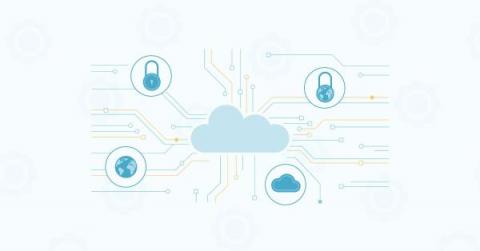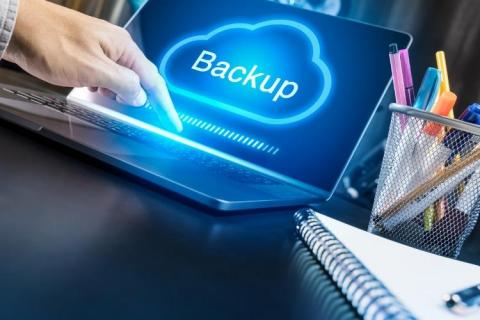Azure File Storage: A Detailed Examination of NFS and SMB Shares
Azure File Storage, a component of Microsoft Azure’s broader cloud services, is a managed file storage service for the cloud. Its fundamental design is to create, manage, and share file systems securely and easily using standard protocols supported by most operating systems. It offers fully managed file shares in the cloud accessible via the industry-standard Server Message Block (SMB) and Network File System (NFS) protocols.











